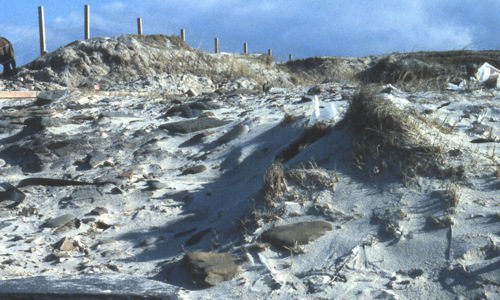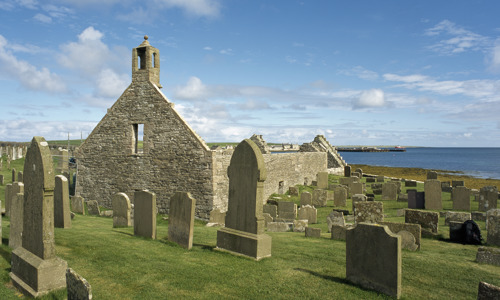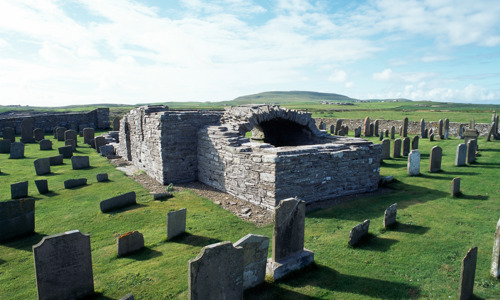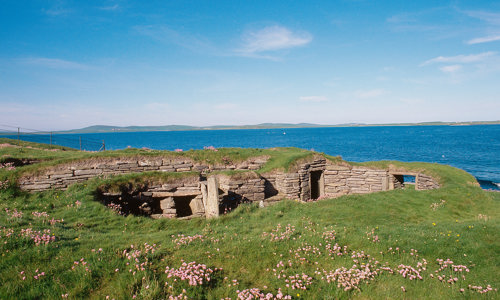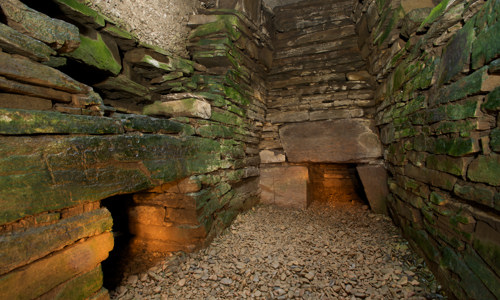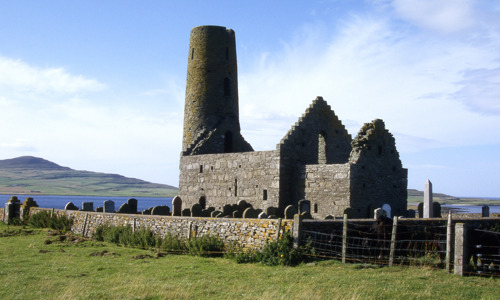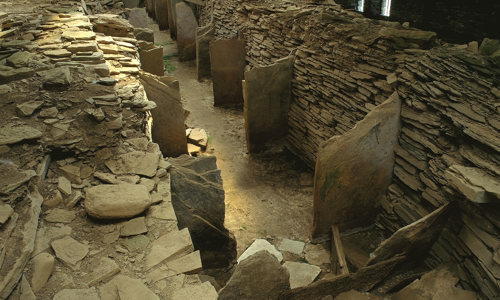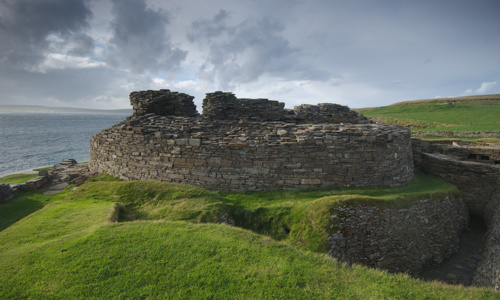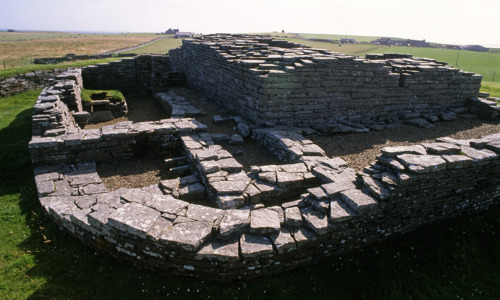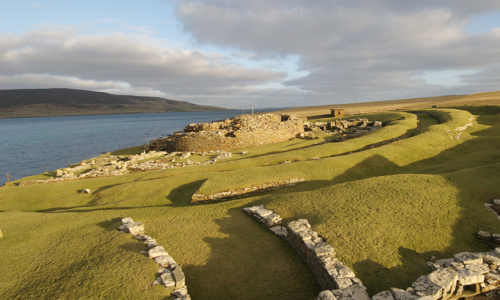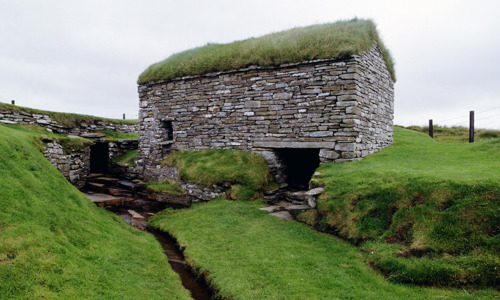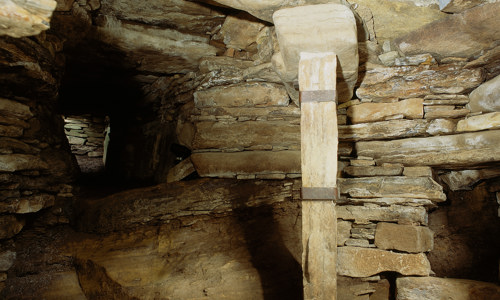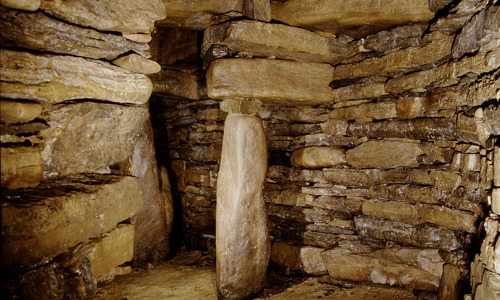History
From a distance, Noltland Castle looks like any other Scottish tower house of the 1500s. But as you get closer, you’ll see it’s bristling with gun-holes – 71 in total.
Its builder was Gilbert Balfour, son of Balfour of Mountquhanie and brother-in-law of Adam Bothwell, Bishop of Orkney. Balfour was sheriff of Orkney, constable of Kirkwall Castle and master of Mary Queen of Scots’ household.
The inscription he placed over the outer entrance into Noltland Castle is drawn from Exodus, the second book of the Bible. But somehow it sums up his character: ‘WHEN I SEE THE BLOOD I WILL PASS OVER YOU IN THE NIGHT’.
In 1546 he was implicated in the murder of Cardinal Beaton in St Andrews, and in 1567 helped murder Lord Darnley, Mary’s second husband.
Following Mary’s arrest in 1567, Balfour took refuge on Westray, where Noltland Castle’s significant defences would have offered some reassurance. He later returned to the mainland to campaign for the exiled queen, but fled the country in 1572. Balfour died in Sweden four years later, fighting for King Johan III.
A strong but comfortable residence
Jo Ben’s account of Orkney in 1529 refers to ‘an excellent fortalice or castle not yet finished’. This is probably not the castle we see today – suggesting there could have been an earlier castle on or near to this site.
Noltland Castle was built between 1560 and 1574. It’s both a fine Z-plan nobleman’s tower and an artillery fortress. It was never finished.
Its main building consists of an oblong central block with two diagonally opposed square corner towers, on the north side of a walled courtyard. It was dark inside the lower two storeys, with light only entering through the 71 gun holes.
In the ground floor were the usual kitchen and stores, while the upper floor seems barrack-like. There are nice flourishes here and there, especially the main spiral stair, whose central post ends in a substantial tapered round capital.
The later years of the castle’s history were tumultuous. The castle was seized by Lord Robert Stewart in 1572. In the 1650s it was fired by the covenanters and in 1745 it was again set on fire by Hanoverian forces.


